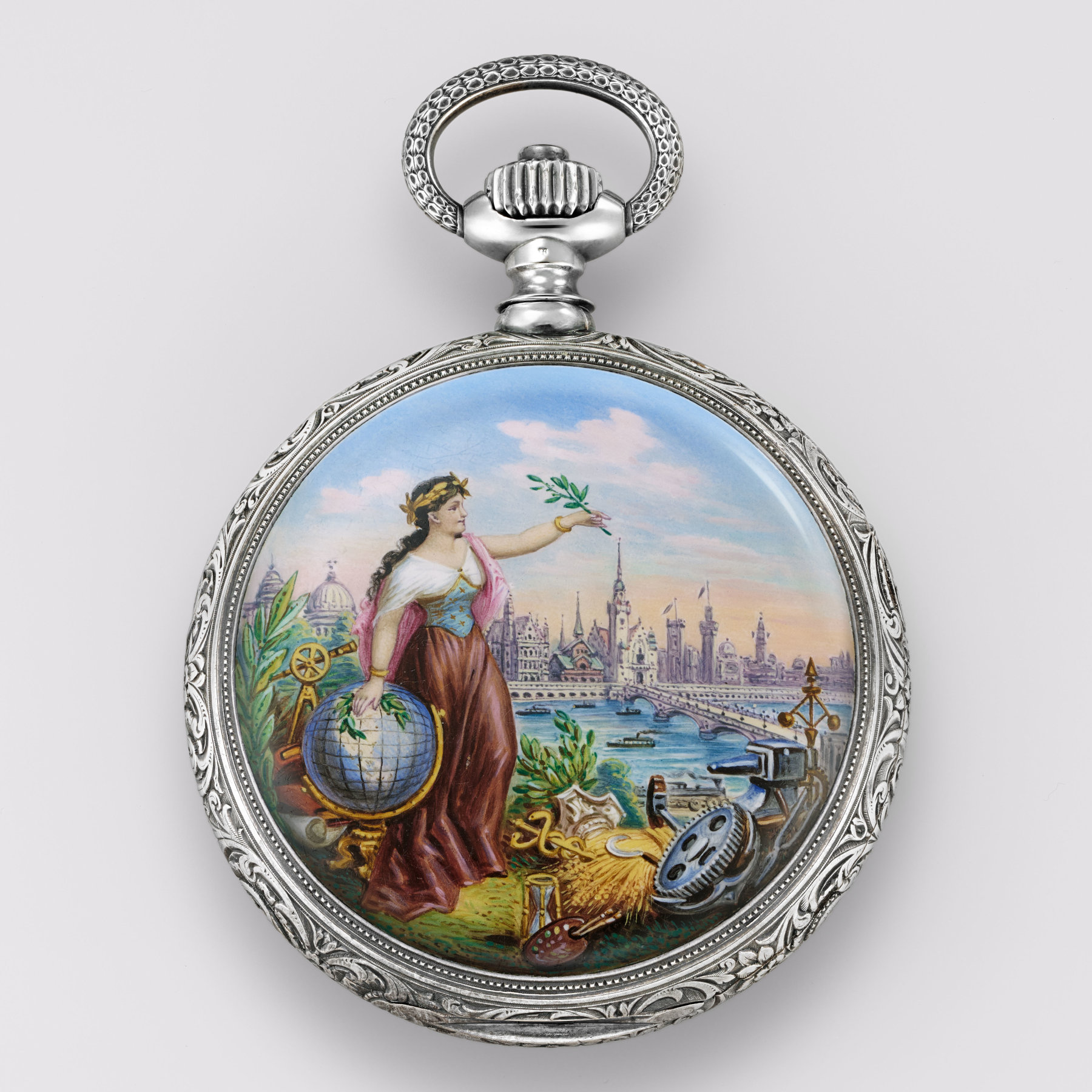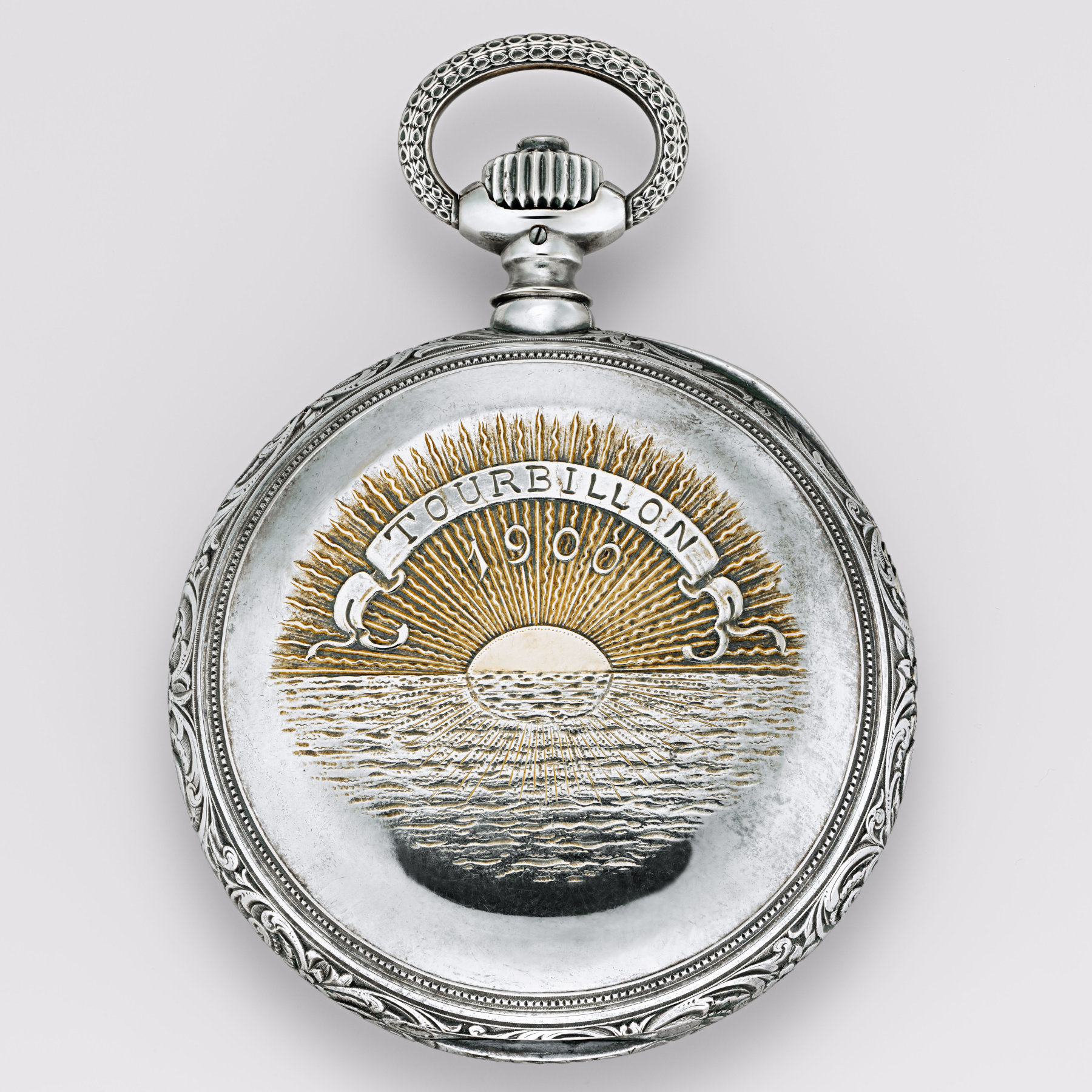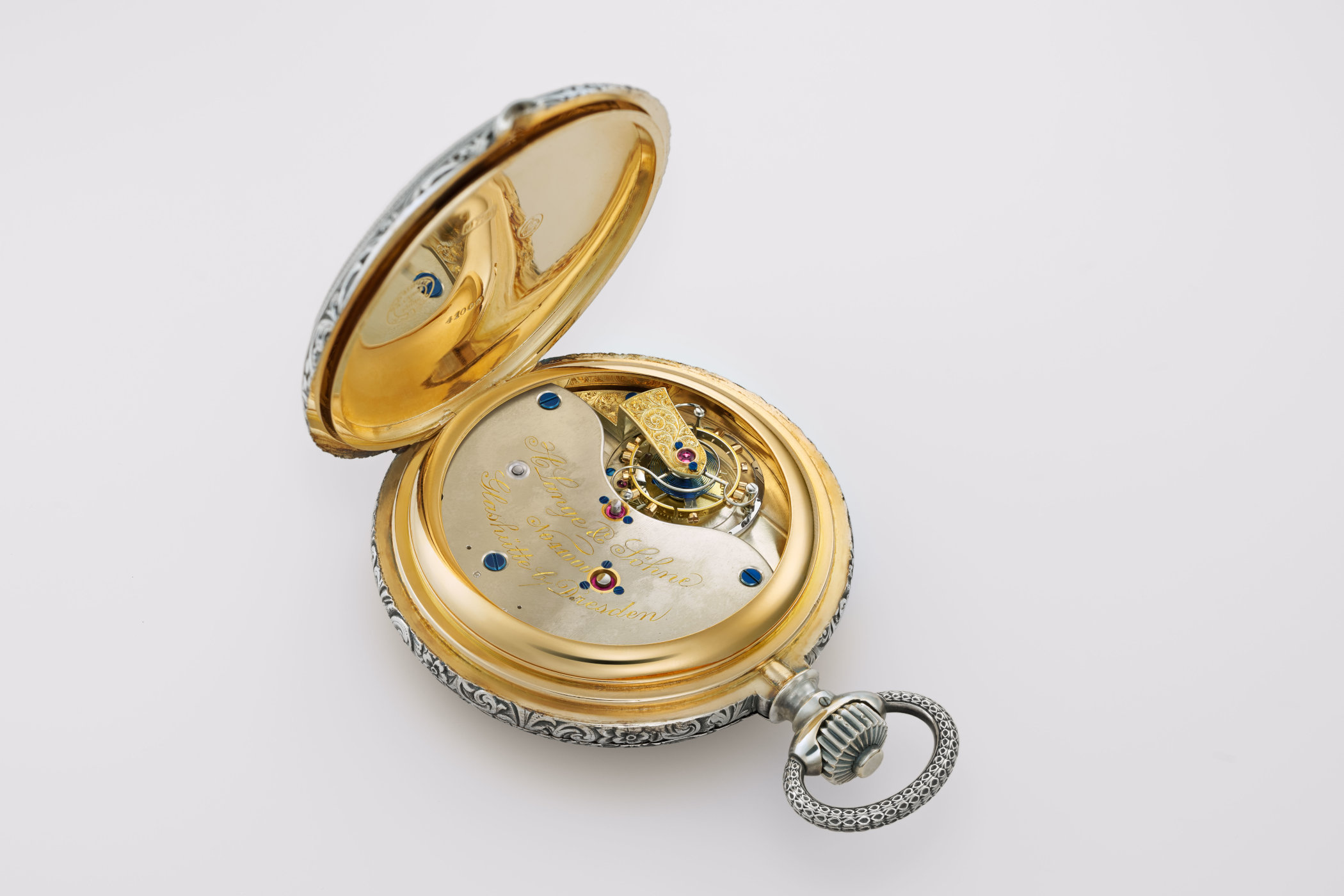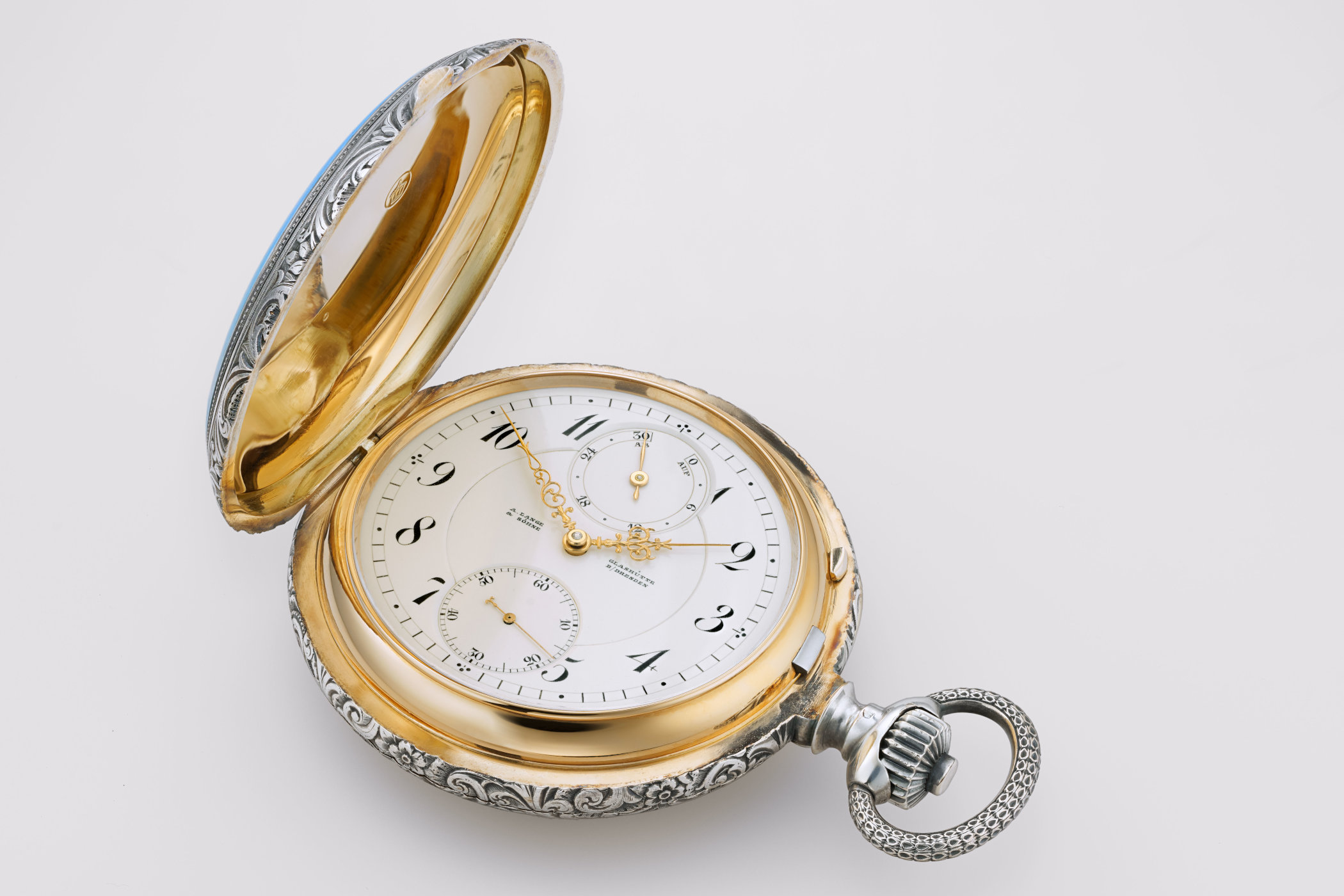The Return of The Historic A. Lange & Söhne Centennial Tourbillon Pocket Watch
A. Lange & Söhne’s rare ‘Centennial Tourbillon’ masterpiece finally returns home to the Museum Bautzen.

A. Lange & Söhne is renowned as one of the most distinguished watchmakers from Saxony on the market today, but life hasn’t always been smooth sailing. As a witness and victim of the vicissitudes of German history over the past two centuries, the destiny of the brand has come full circle. From its foundation in 1845 by Ferdinand Adolf Lange in Glashütte to its destruction during WWII, and from its expropriation after the war to its miraculous resurrection after Germany’s reunification in 1990 by the founder’s great-grandson, A. Lange & Söhne has taken a circuitous path but is now safely home. Today, A. Lange & Söhne is celebrating another return, this time marked by the return of a valuable pocket watch that was lost in the turmoil following WWII to its rightful place in the Museum Bautzen.
Known as the “Centennial Tourbillon”, this exquisite gold pocket watch with a miniature enamel painting of the goddess Minerva was one of only a few tourbillons to emerge from the A. Lange & Söhne manufacture in 1900. According to records, just twelve tourbillons were produced between 1892 and 1925, and only nine have documents that attest they were delivered. Also referred to as No. 41000, this pocket watch with its one-minute tourbillon, fusée-and-chain transmission and the UP/DOWN power reserve indication would serve as inspiration for the Tourbillon “Pour le Mérite” wristwatch celebrating the re-establishment of A. Lange Söhne. As one of the four wristwatches unveiled to mark the brand’s return to watchmaking in 1994, the Tourbillon “Pour le Mérite” was the first of its kind with a constant-force mechanism and showed the world that ALS was set to regain its prime position.
Pocket watch no. 41000 was sold to Otto Weigang, owner of a printing house in Bautzen, in 1900. However, before it exchanged hands, Emil Lange, the second-generation owner of ALS, took the watch to Paris. As a member of the international jury of the 1900 Paris World’s Fair, Lange probably had the platinum-plated gold case of the pocket watch engraved and the Roman goddess Minerva painted on the cover. Following Weigang’s death in 1914, the tourbillon, other pocket watches and works of art from his collection were exhibited at the Museum Bautzen. Kept safe in a depot from bombing during WWII, the pocket watch disappeared in the aftermath of the war but resurfaced in 1976 for a special exhibition of Lange pocket watches.
Since then, the pocket watch has been auctioned several times and was about to be auctioned by Sotheby’s in London in 2019 when the town of Bautzen contacted the auction house and bought back the watch. Once again, history repeats itself at A. Lange & Söhne to the delight of many.
For more information, please visit ALange-Soehne.com.











1 response
Gracias por este magnífico artículo sobre una magnífica obra de arte relojero.